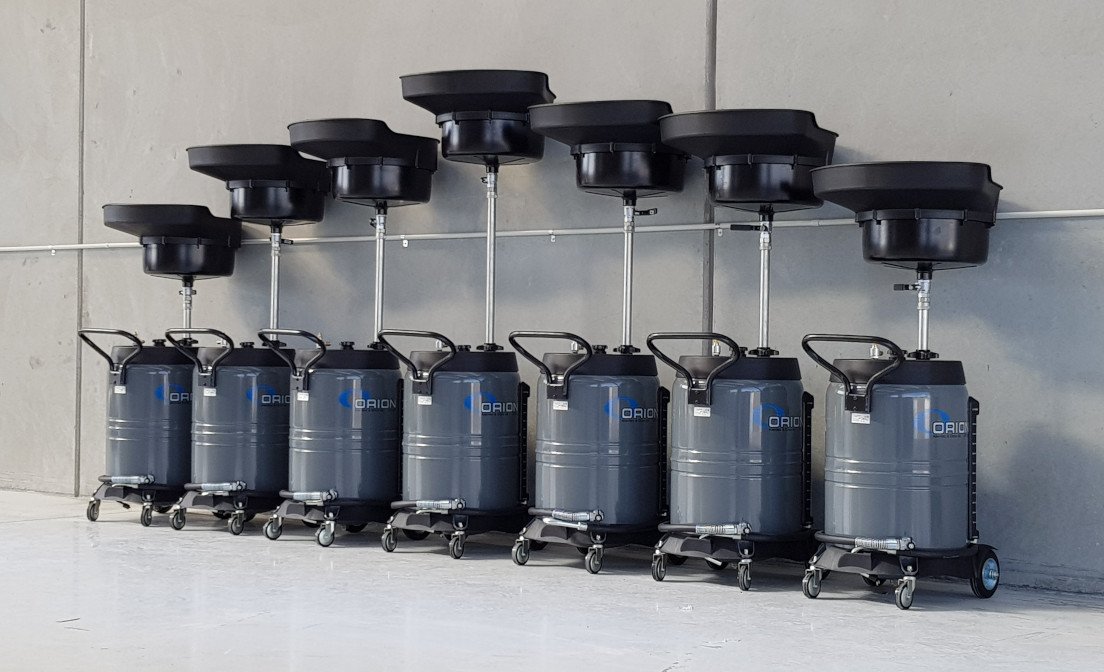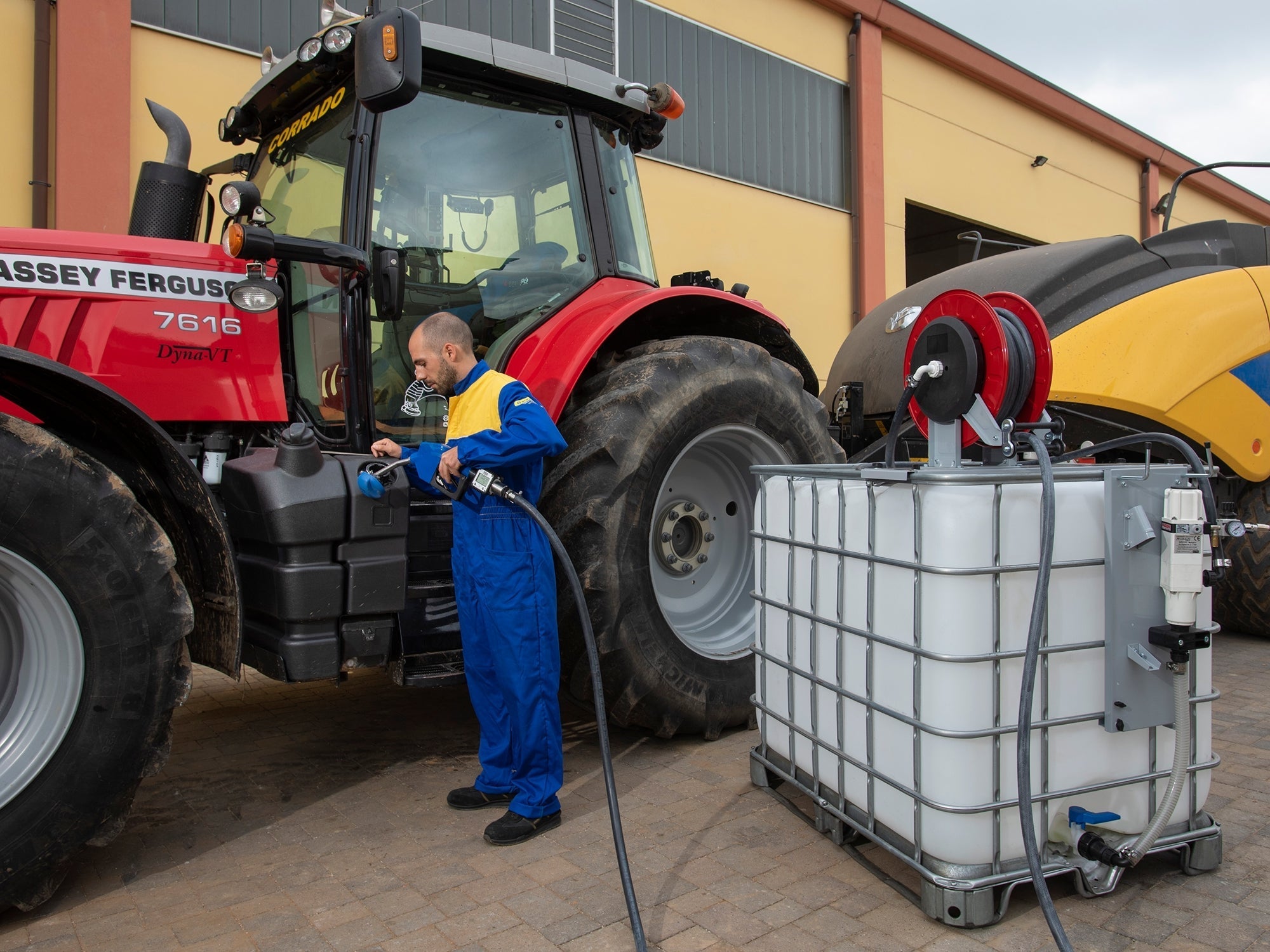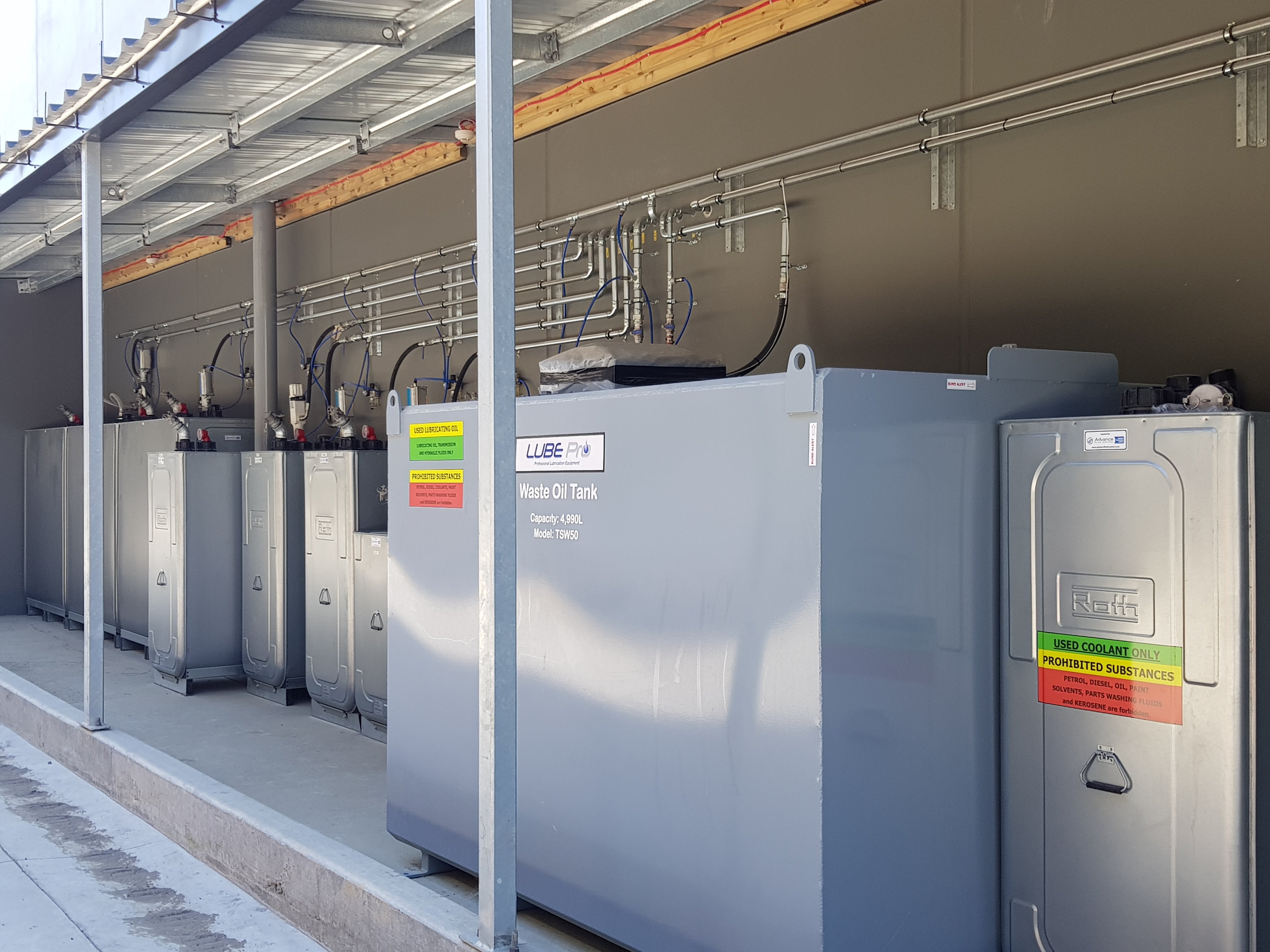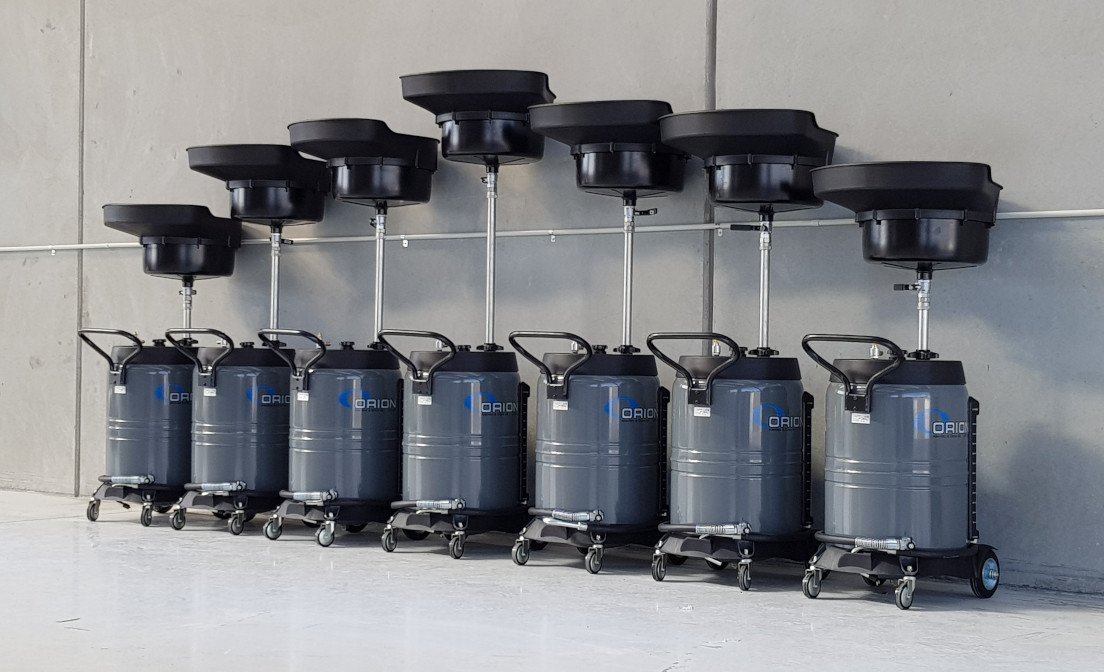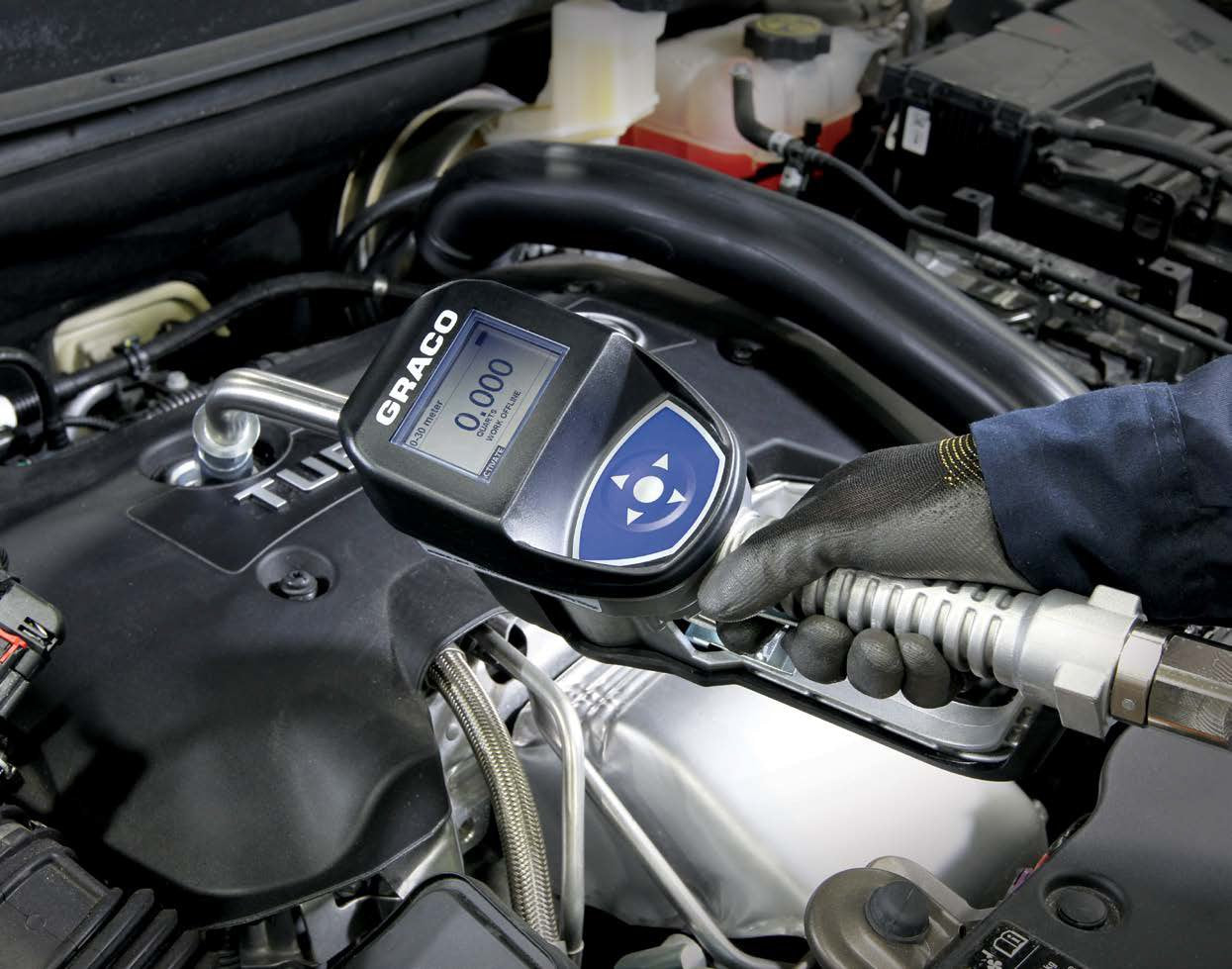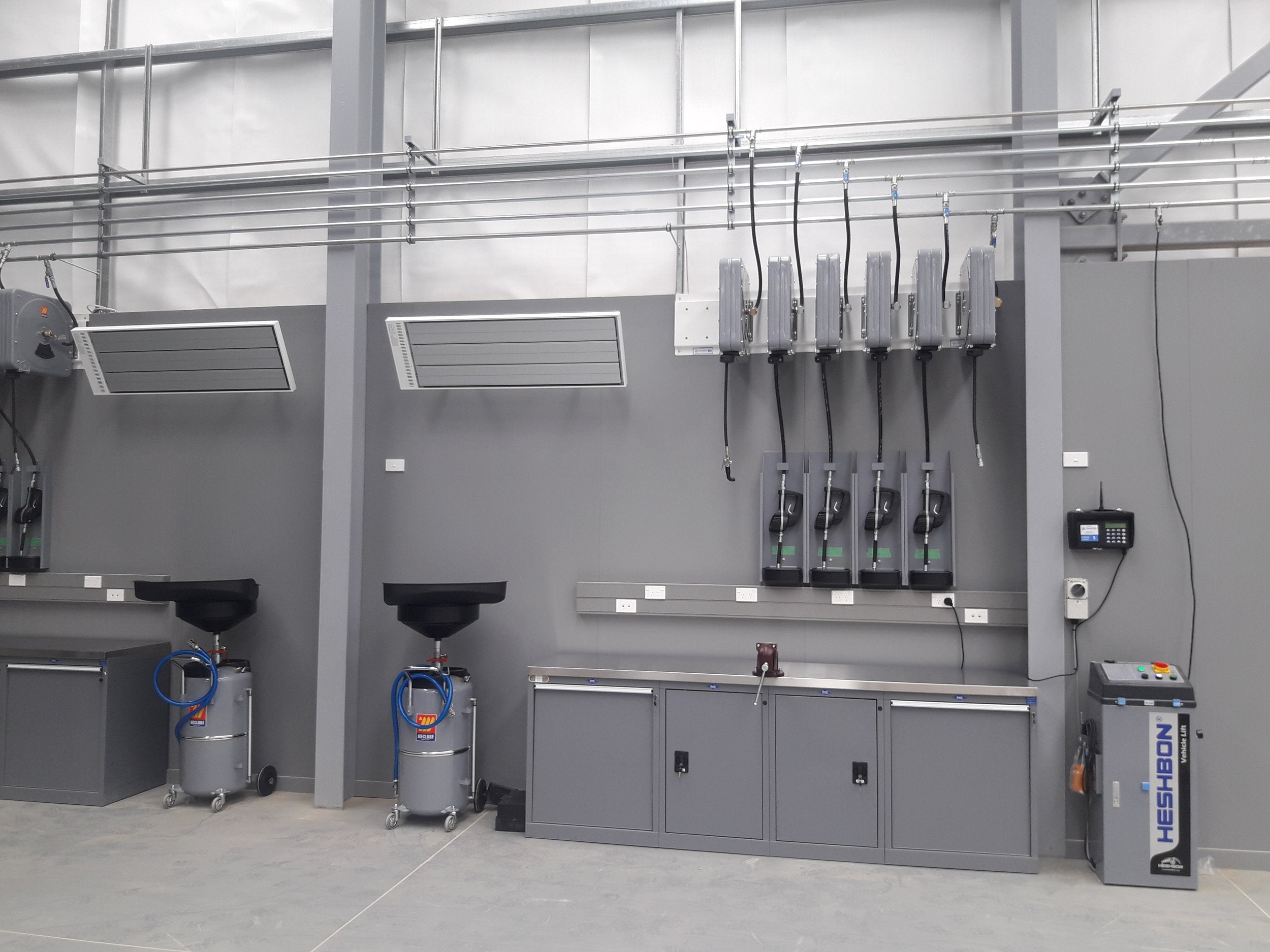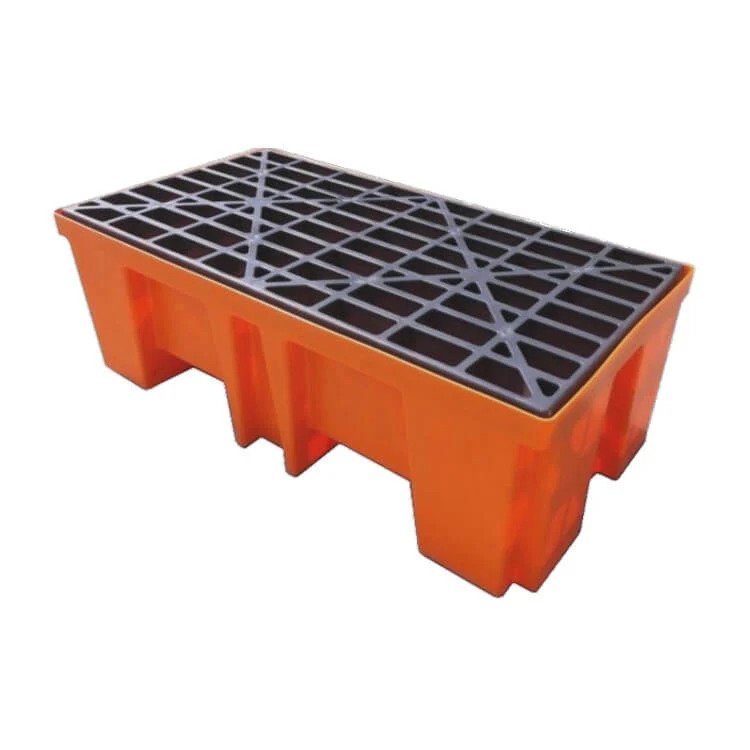Using a waste oil drainer in your workshop is essential for maintaining efficiency, safety, and environmental compliance. Here are the key reasons why you should incorporate one_
1. Environmental Responsibility
Proper Disposal_ Waste oil is classified as hazardous waste and must be disposed of properly to avoid environmental contamination. A waste oil drainer helps collect and store used oil safely for recycling or disposal.
Compliance: Using a drainer ensures compliance with environmental regulations and prevents costly fines for improper handling of hazardous materials.
2. Workplace Safety
Minimized Spills_ Waste oil drainers reduce the risk of spills and leaks, which can create slip hazards and lead to accidents.
Controlled Handling_ These tools allow for safe and efficient handling of hot or contaminated oil, protecting workers from burns or exposure.
3. Efficiency and Convenience
Easy Collection_ A waste oil drainer is designed to collect oil directly from vehicles or equipment, minimizing the mess and effort required for manual collection.
Portability: Many models are equipped with wheels, making it easy to move the drainer to different areas of the workshop.
Time-Saving: The quick and efficient draining process speeds up routine maintenance tasks, improving overall productivity.
4. Cost-Effectiveness
Reduced Cleanup Costs_ By containing oil within a drainer, you save time and money on cleaning up spills.
Recycling Opportunities_ Proper collection of waste oil enables recycling, which can offset disposal costs and, in some cases, generate revenue.
5. Improved Professional Image
Clean Workspace_ Using a waste oil drainer helps maintain a tidy and professional-looking workshop, enhancing customer confidence and satisfaction.
Advance Fluid Control has a variety of waste oil drainer options, but the two most common styles are an upright drainer and a rolling pit drainer. We also have options for low level drainers for draining oil on flat floor surfaces under large machinery.
Both rolling pit drainers and upright waste oil drainers are used to collect waste oil during vehicle maintenance, but they differ in design, purpose, and application. Here's a breakdown_
Rolling Pit Drainer
Design: Designed to roll along the floor of a maintenance pit, these drainers are low-profile and typically rectangular or wide to fit within the confined space of a pit.
Purpose: Ideal for collecting oil from vehicles while they are above the pit, such as in quick-lube service bays or commercial truck service centers.
Features:
Large capacity for handling high volumes of waste oil.
Wheels or casters for easy movement within the pit.
Often equipped with a spout or pump for emptying.
Application: Common in commercial or fleet maintenance facilities with dedicated service pits.
Upright Waste Oil Drainer
Design: A vertical, standing unit with a funnel at the top and a tank or drum below for oil collection.
Purpose: Used for collecting oil when the vehicle is raised on a lift, allowing the oil to drain into the funnel.
Features:
Adjustable height to align the funnel with the oil drain point.
Often includes a sight gauge to monitor the oil level in the tank.
Some models are equipped with a pneumatic evacuation system to empty the tank.
-
Application: Suitable for general automotive repair shops or any facility with lifts.
Choosing the Right Drainer:
Use a rolling pit drainer if your facility has service pits.
Use an upright waste oil drainer if you work with vehicle lifts or require portability around the shop.
Use a low level oil drainer if you work with large vehicles such as tractors or earth moving equipment, where you don’t have a pit or lifts.




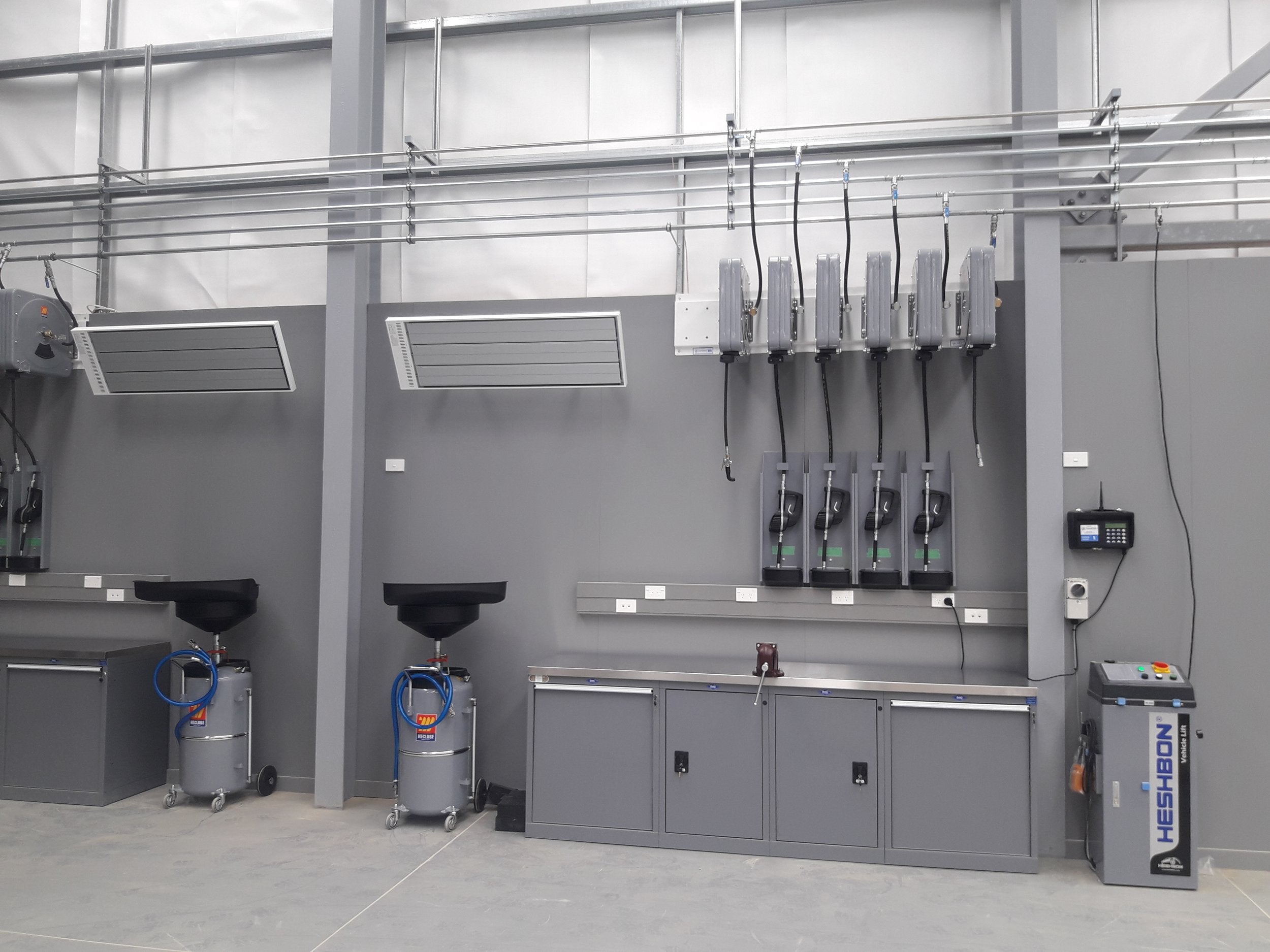
 is here! Shop now, pay later in 4 easy installments
is here! Shop now, pay later in 4 easy installments
